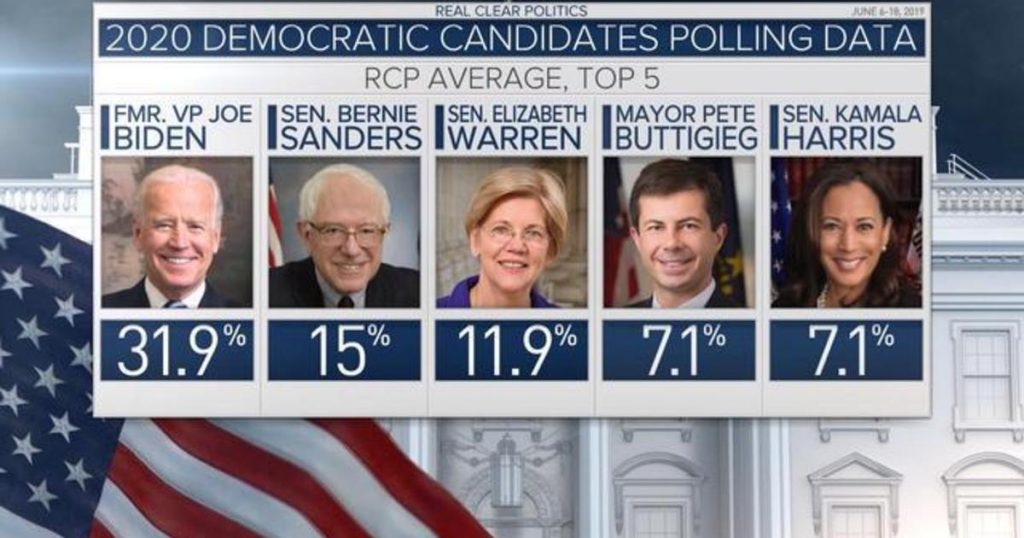
Mario Draghi, President of the European Central Bank (ECB) holds a news conference on the outcome of the Governing Council meeting at the ECB headquarters in Frankfurt, Germany April 10, 2019. REUTERS/Kai Pfaffenbach
June 24, 2019
By Richa Rebello and Rahul Karunakar
BENGALURU (Reuters) – By the end of September, the European Central Bank will either cut its deposit rate or ease its forward guidance further by pledging to keep interest rates lower for longer, according to a majority of economists in a Reuters poll.
ECB President Mario Draghi in a speech last Tuesday called for “additional stimulus” in the absence of any improvement in weak growth and tepid inflation, which has languished below the central bank’s target of close to 2% since 2013.
That brings the ECB in line with many of its major central bank peers who are already easing, or close to doing so.
But despite conviction among economists in the June 18-21 poll lining up with the ECB’s plan for easing this year, the outlook for growth was lowered and inflation is still not expected to rise to the ECB’s target.
That is despite years of record low interest rates and after the ECB allowed its balance sheet to soar with purchased assets, mostly government bonds, worth 2.6 trillion euros since 2015 under its quantitative easing program. That ended in December.
“The ECB has the same problem that a number of other central banks have, notably the Bank of Japan, that they get diminishing returns from loosening policy, when you’re already at or close to the effective lower bound,” said Andrew Kenningham, chief Europe economist at Capital Economics.
“So clearly, that is a big problem. But there is really not much they can do about that; equally it would be a mistake for them to say, ‘We are going to sit on our hands and do nothing, because we do not believe we have got any ammunition left’.”
All but one of 45 economists who answered an extra question on the next policy measure expect the ECB to ease further in addition to extending already-announced long-term cheap loans to banks.
Over 80% of those economists said the ECB would either cut its deposit rate further and have a tiered system with conditions attached or tweak forward guidance by removing any reference to future interest rate hikes. The others expected the ECB to restart its quantitative easing program (QE).
Of those who expect easing, about 80% forecast it to come before the end of September, including almost one-third predicting it to happen as early as next month.
While only a few respondents predicted a restart to the ECB’s money printing, it is a complete U-turn in expectations: Economists in Reuters polls this year have repeatedly said it was not a mistake to shutter the QE program in December.
“What changed in terms of communication from Draghi is that things would need to improve substantially, in order to not do more. Really the onus has shifted the other way now, to provide more accommodation,” said Capital Economics’ Kenningham, who has consistently said stopping QE last year was a policy error.
“Inflation expectations need to pick up, core inflation needs to improve, we need some of the external risks diminished, particularly around trade policy, in order for them to hold off from easing policy. The assumption now is that they will ease.”
The last time the ECB cut its interest rates was in March 2016, when it lowered the deposit rate to -0.4% and the refinancing rate to zero.
While there are still some who expect hikes next year and the consensus remains unchanged in showing interest rates on hold through to end-2020, nearly 70% of common contributors have turned more dovish compared with the previous poll.
The most notable change was expectations for the deposit rate, which one bank now forecasts will go as low as -0.8% compared with a low of -0.5% in May.
“For the ECB, the biggest miscalculation was that inflation and underlying inflation have remained so low for so long,” said Peter Vanden Houte, chief euro zone economist at ING. “The ECB has been slightly too optimistic on growth, but even more on inflation. And that is creating this change of heart.”
With no let-up in world trade tensions, weak global growth and the uncertainties over Britain’s withdrawal from the European Union, the probability of a euro zone recession in the next 12 months edged up to 25% from 20% the previous month.
The chance of a slump in the next two years held at 30%, lower than the 40% chance of a downturn in the United States.
“The deterioration in the outlook and uncertainty is to some extent the result of the geopolitical situation in the world, policy choices by other leaders in other countries and they also have to deal with that.” said Elwin de Groot, head of macro strategy at Rabobank.
“Without the ‘Whatever it takes’, things would probably be much worse.”
(For other stories from the Reuters global long-term economic outlook polls package,)
(Polling by Tushar Goenka and Manjul Paul; Editing by Jonathan Cable and Hugh Lawson)

